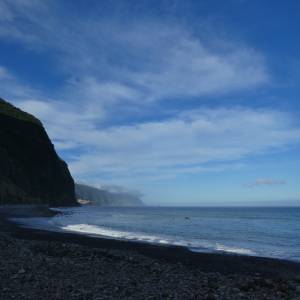Lickey Hills
I had a meeting in south Birmingham this morning, not far from Longbridge which used to be the centre of the UK car industry. Now it is in the process of being demolished - big signs say "St Modwen - clearing the way for the future". Well, that begs a few questions.
I knew that the Lickey Hills were not far away so when my meeting had finished, I drove past the wreckage of the factories and up, up to the country park. It was raining, still traces of fog - and poor light.... but even under these conditions it was beautiful.
From the Lickey Hills you can look over South Birmingham and there are poignant plaques pointing out the various factories. This photo aims to give you a sense of the panorama, nature still there as man's endeavours change and move on....
For those who have never heard of the Lickey Hills: here's a bit more information.
Lickey Hills Country Park is a country park 10.3 miles (16.5 kilometres) south west of Birmingham city centre and 24 miles (38.5 kilometres) north east of the county town of Worcester. The Lickey Hills Country Park is one of the oldest parks managed by Birmingham City Council.
The park exists in its current form only through the activities and generosity of the early 20th century philanthropic Birmingham Society for the Preservation of Open Spaces who purchased Rednal Hill and later arranged for Pinfield Wood and Bilberry Hill to be permanently leased on a nominal peppercorn rent. The society included such prominent and public spirited luminaries as T Grosvenor Lee, Ivor Windsor-Clive, 2nd Earl of Plymouth and several elders of the Cadbury family led by George Cadbury and his wife Dame Elizabeth Cadbury. The original park was gifted by the society to the people of Birmingham in 1888, with further tracts added progressively until 1933 and is thus preserved as a free entry public open space.
The Lickey Hills immediately became popular as a recreation area and attendance numbers exploded between 1924 and 1953 while the tram service connected with the terminus at Rednal. As early as 1919 as many as 20,000 visitors were recorded on a single August Bank Holiday Monday. The current Country Park status was established with the support of the Countryside Commission in 1971 and today the park still hosts over 500,000 visitors a year. It is considered to be one of the most picturesque public spaces of its type in the West Midlands.

Comments
Sign in or get an account to comment.


